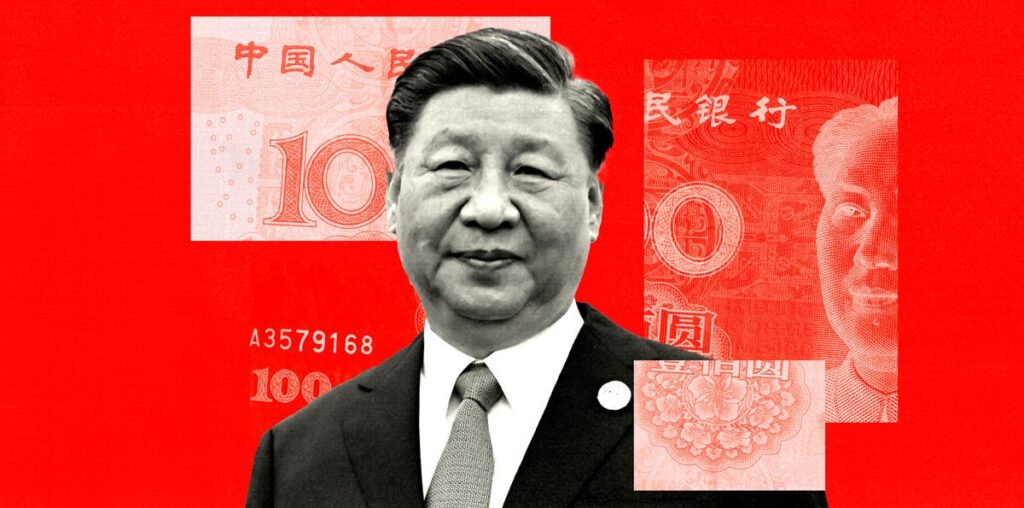- China has announced a local government debt rescue program days after Trump won the US election.
- Trump has threatened tariffs of 60% on Chinese goods, complicating China’s economic gloom.
- China’s economy faces multiple issues, including a property crisis and high youth unemployment.
China announced a debt rescue program to the tune of $1.4 trillion to save heavily indebted local governments and boost its economy.
China’s Standing Committee of the National People’s Congress — its top legislative body — approved 6 trillion Chinese yuan to refinance local governments’ hidden debt over three years, according to Xinhua state news agency.
Hidden debt refers to off-balance sheet liabilities issued by local government financing vehicles, or LGFV, to finance infrastructure investment.
The plan also allows local governments to tap 4 trillion yuan in special local bonds over five years.
The announcement came after the legislative body met from Monday to Friday.
China’s local governments have been struggling to repay their LGFV debt, which the International Monetary Fund estimated to be around 60 trillion as of last year. It’s another risk to China’s economy, which has been struggling with a property crisis, deflation, and high youth unemployment.
Reuters reported last week that China’s top legislative body was considering a plan to raise $1.4 trillion in extra debt over the next few years to fund part of an economic rescue package.
As early as Monday, Chinese Premier Li Kiang drummed up market expectations for more economic stimulus, saying Beijing has “ample space for fiscal policy and monetary policy.”
The bumper stimulus came on the heels of Donald Trump’s victory in the US presidential election earlier this week, which is likely to change Washington and Beijing’s trade relationship.
A China hawk, Trump has pledged to slap a 10% to 20% tariff on all imported goods. He has threatened tariffs of 60% on goods imported from China.
This would put further pressure on China’s economy, which is still trying to recover following nearly three years of pandemic curbs.
In late September, China rolled out aggressive stimulus that boosted sentiment and spurred a bull run in the stock markets. However, analysts say that Beijing still needs to do more to drive consumption.
If Beijing’s latest stimulus disappoints, it may be in part due to China’s own policy conflicts between its socio-political and economic objectives and the constraints, Vishnu Varathan, Mizuho Bank’s chief economist of Asia excluding Japan, wrote in a note a week before the debt rescue announcement.
Notably, China may be still holding back to avoid one thing: “the optics of over-reacting to US elections,” wrote Varathan.


